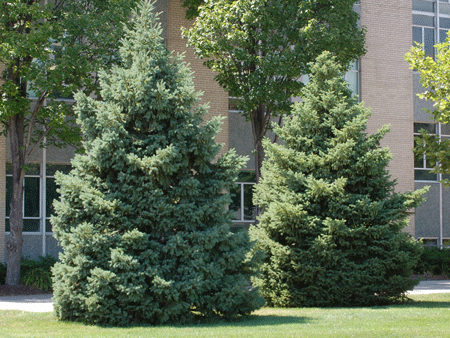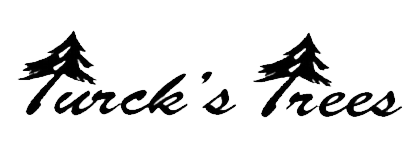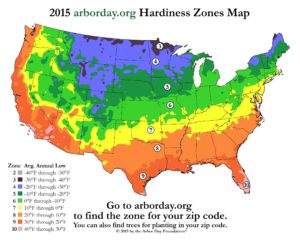Black Hills Spruce
The Black Hills Spruce is a slow-growing form of white spruce. It is a dense form and is very hardy. Discovered around 1933 in North Dakota, it is a shapely “Christmas tree” type evergreen, with short, blue-green needles. Shears easily. Useful as a point of interest, hedge, or windbreak. The dense thick branches of this tree will bring distinction to your yard.
All spruce trees can survive rough winters, but this landscaping tree can survive unusually hot summers better than other varieties. It is tolerant of drought and excessive rainy seasons so it can also grow in dry or wet soils. It has very few serious pests. This is one reason that its greatest value is as an ornamental or a windbreak.
This spruce is a very long-lived species with a life span of 150 to 350 years. The species in Canada has a similar life span.
Best in full sun, but tolerates light shade.
The wood is light, soft, and straight-grained. The primary use for white spruce in Canada is as a source of pulp for making paper. Because of the limited local market, it is not an important timber species.

Botanical name: Picea glauca var. densata
All Common Names: Black Hills Spruce
Family (English): Pine
Family (Botanic): Pinaceae
Foliage: Evergreen (Retains most of its needles year-round)
Height: 20-40′
Spread: 10-15′
Shape: Broad, Irregular, Pyramidal
Exposure: Full Sun to partial shade
Foliage: Blue green
Fall Foliage: Same
Zone: 3-6



